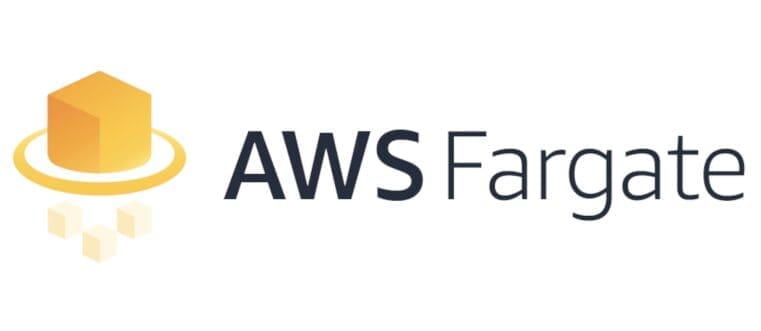
Cloud computing and Docker containerization have shifted much of the responsibility for application and server resource management to cloud providers, but not all. Enterprises must still possess the proper knowledge and coding skills to manage cloud workloads efficiently, but with AWS Fargate, IT managers have one less thing to worry about.
Fargate is an evolution of Amazon Elastic Container Service (ECS, a Docker container management service) that eases the burden of managing Elastic Compute Cloud (EC2) instances. Announced in late 2017, the technology is essentially a Containerization as a Service (CaaS) solution that is starting to gain traction among developers, sysadmins and other AWS users.
Fargate puts the labor-intensive process of resource management back onto AWS, eliminating the need to get into the system mechanics of watching applications and ensuring that host instances scale out to meet peak usage periods and then scale back when usage spikes subside.
Additionally, as with all AWS resources, Fargate can be deployed and managed by Cloudformation, the AWS Infrastructure as Code (IaC) implementation. This provides great potential for organizations with Docker-containerized workloads in AWS.
Benefits
Several immediate benefits are apparent when deploying Fargate using Cloudformation:
- As with all IaC practices, configuration and setup are captured in human-readable text files that are version-controlled, backed-up, and can be customized and reused.
- Containers are deployed faster with Fargate clusters in Cloudformation as opposed to manually.
- The elimination of the continual need to set up new Docker containerization clusters also allows developers and DevOps engineers to focus on other feature work or infrastructure items. All that’s needed to redeploy Fargate clusters quickly and consistently is to change a few parameters or resource values in an existing Fargate Cloudformation template.
These benefits translate to tremendous business value for organizations leveraging AWS and Docker. Fargate offers additional potential cost savings by removing the occurrence of idle EC2 instances waiting for a containerized task to run. With Fargate you are only charged for resources such as CPU and memory used during containerization task execution and nothing more; i.e., no more burning money on idle instances.
Nuances to navigate successful Fargate deployments using Cloudformation
If you’re new to Fargate, here are several things to keep in mind for a successful Cloudformation deployment.
- Fargate networking configurations are a little different from those with ECS or Docker. The network needs to be set to “awsvpc” at the task-definition level (example — “NetworkMode: awsvpc”).
- The target type for the elastic load balancer (ELB) group must be set to “ip” rather than “instance” because there is no EC instance serving as a container host. The container will have to be associated to IP address, hence the change in target group configuration (example — “TargetType: ip”).
- At the task-definition level, a “RequireCompatibilities” setting is needed, and this should be set to “FARGATE” (example — “RequireCompatibilities: FARGATE”).
- Another task-definition setting involves CPU and memory allocation. Because you are not deploying an EC2 instance for these compute resources, you will need to input these two values within the Cloudformation template. It is important to consult the AWS Fargate documentation to get the correct CPU/Memory ratio values for the Cloudformation template; otherwise, if incorrect values are added, the Cloudformation stack will fail to deploy or the Fargate cluster will be over- or under-provisioned.
- Also, keep in mind that the service-resource setting for “LaunchType” will need to be set to “FARGATE” (example — “LaunchType: FARGATE”).
Fargate offers significant value for companies running application containers in the AWS cloud. Developers and business managers alike will love the ease of use and cost savings associated with Fargate implementations. As Fargate increases its marketplace presence, more and more enterprises are seeing it as a winning solution.
For more information on Fargate or to learn how to leverage the cloud for optimum efficiency in your organization, AIM’s Cloud Operations consultants are here to help. Contact us today!




